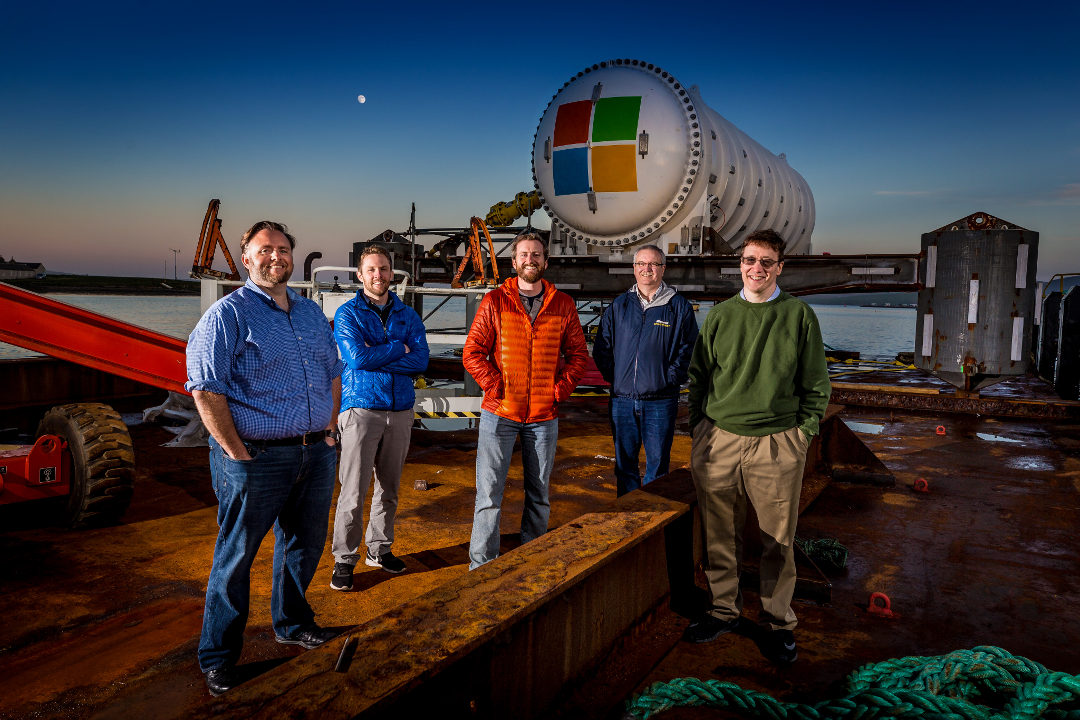This tour of the Moon was developed by NASA from images and maps obtained from the Lunar Reconnaissance Orbiter mission. To best experience the combined effects of the music and the images, view in full screen mode and imagine you are lying on your back in a grassy field at night looking up at the moon through a pair of super magnifying glasses.
You would notice the multitude of impact craters that pockmark the surface of the Moon. The reason those craters have persisted for up to 4.5 billion years is because the Moon has no atmosphere and therefore no rain, no snow, no ice, no running water, no wind, nor any of the other weathering and erosion agents present on Earth, including recycling of the Earth's crust owing to plate tectonics. The Moon also has no life, which provides the vegetative cover that tends to hide (along with the oceans) much of the evidence for any craters that have persisted in some form on Earth (for an exception, see Meteor Crater in Arizona). If the Earth had no atmosphere and no plate tectonics, it's surface would look very similar to the Moon's. Makes one appreciate and want to protect the very thin (60-miles thick) layer of air that blankets our planet.
Here is the narrative that accompanies the video ...
How was the drive home?
It was fine, I almost missed the main exit but I got home OK.
Posted by Rich on Aug 14, 2018 in Science

Project Natick is designed to evaluate setting up data centers (clouds) at offshore locations adjacent to population centers...
This was forwarded to me - original source unknown. Some audio.